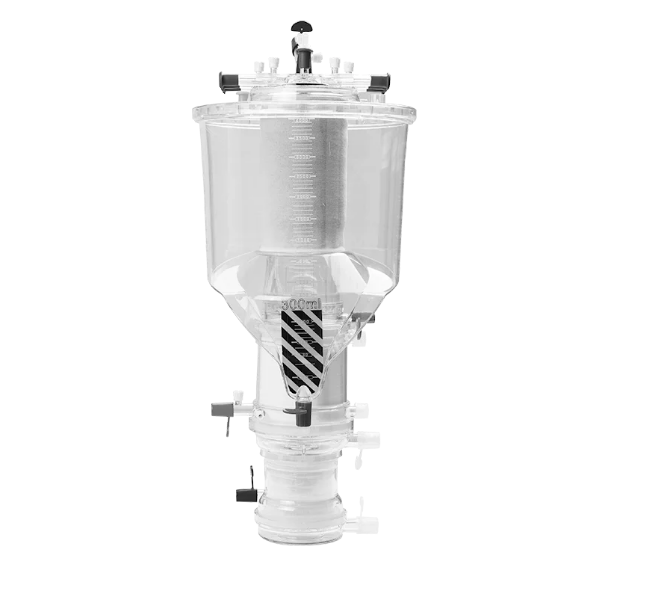In the realm of cardiopulmonary bypass (CPB), oxygenators play a crucial role in maintaining oxygenation and carbon dioxide removal during cardiac surgery. Understanding the various types and features of oxygenators for CPB is essential for healthcare professionals and medical institutions aiming to enhance surgical outcomes and patient safety.\
Types of Oxygenators for CPB
Oxygenators for CPB can primarily be categorized into two types: membrane oxygenators and bubble oxygenators. Membrane oxygenators are the most commonly used in modern practices due to their efficient gas exchange capabilities and lower risk of complications. These devices utilize a semi-permeable membrane to separate blood from the gas, allowing oxygen to diffuse into the blood while carbon dioxide is removed.
On the other hand, bubble oxygenators involve the introduction of gas bubbles into the blood, facilitating gas exchange through a larger surface area. Although less common now, they may still be utilized in specific clinical scenarios. Each type of oxygenator for CPB has its unique features, influencing choice based on surgical requirements and patient conditions.
Key Features of Oxygenators for CPB
When evaluating oxygenators for CPB, several features stand out. First, intuitive and clear circuitry is paramount. Modern oxygenators are designed with clearly defined blood, gas, and water pathways to prevent misconnections, thereby enhancing operational safety. This feature ensures that healthcare providers can quickly identify and manage the circuit, minimizing risks during high-stakes procedures.
Another significant feature is vortex-enhanced oxygenation. This design leverages a vortex blood path, which maximizes gas exchange efficiency while minimizing the membrane surface area. This innovation not only improves oxygenation performance but also reduces the risk of hemolysis, a common concern with traditional oxygenator designs.
Moreover, a transparent design is essential for early fault detection. An oxygenator for CPB that offers excellent visualization allows medical professionals to quickly identify potential issues, ensuring interventions can be made without delay. This characteristic is particularly vital in emergency situations where every second counts.
In summary, the choice of an oxygenator for CPB involves careful consideration of its type and features. Understanding these aspects can significantly impact surgical efficacy and patient safety.
Enhancing Surgical Outcomes with Advanced Oxygenators
In conclusion, the characteristics and types of oxygenators for CPB are critical elements that healthcare institutions must assess to ensure optimal performance during cardiac surgeries. The advancements in technology, such as those seen in the WEGO Medical Oxygenator System, highlight the importance of intuitive design, efficient gas exchange, and fault detection mechanisms. By choosing the right oxygenator for CPB, medical professionals can enhance surgical outcomes and ensure the highest standards of patient care.
